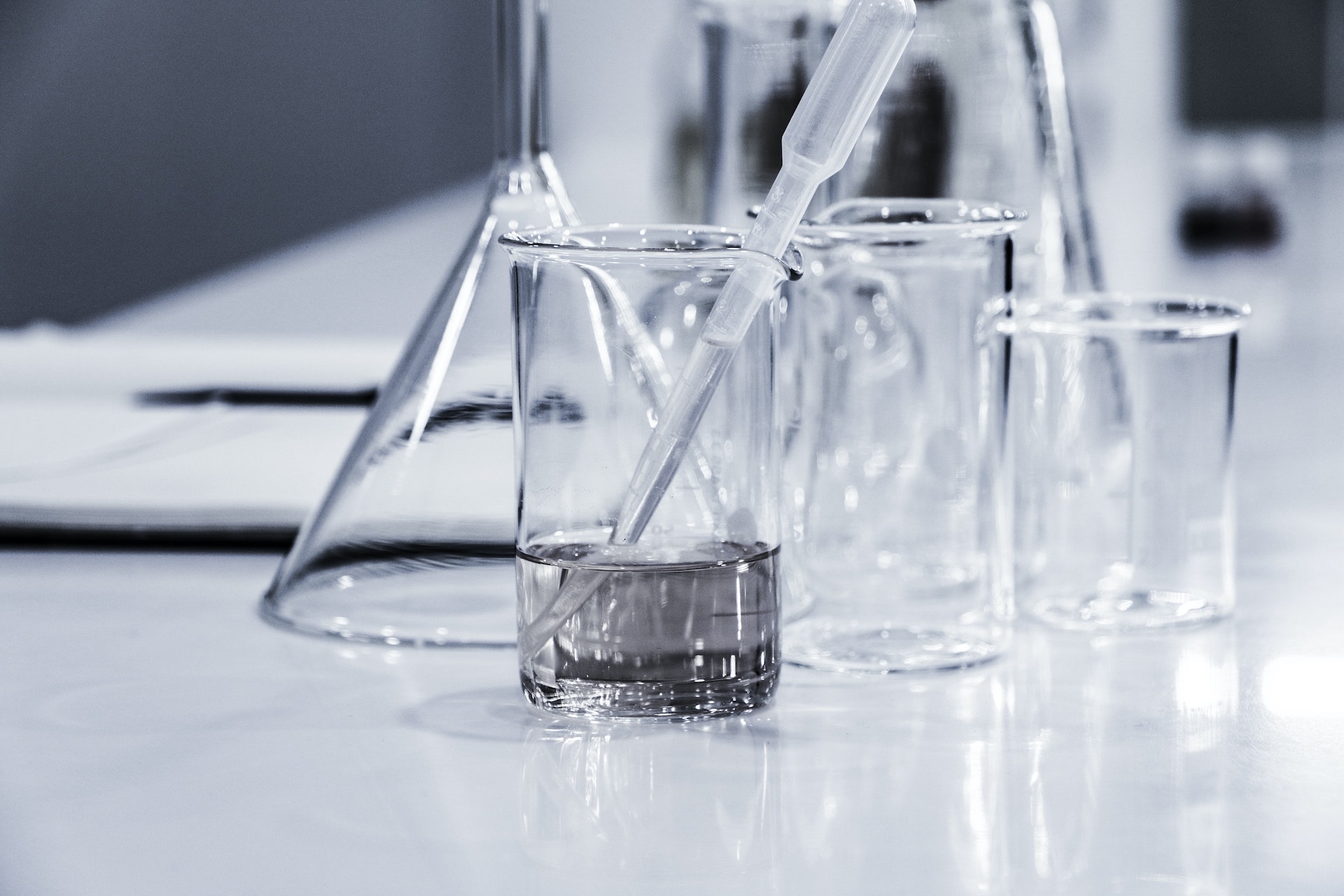Nearly 90% of molecules in the developmental pipeline, have been reported to exhibit poor aqueous solubility and fall into the Biopharmaceutical Classification System (BCS) categories II and IV. As a result, the demand for solubility enhancing excipients for oral solid dosage form applications has been on the rise which can help overcome the poor physico-chemical properties of these therapeutic compounds.
Multi-functional excipients can be incorporated in the formulation to assist in the dissolution of the drug and improve its dissolution rate. Different classes of functional excipients can improve the solubility and consequently the bioavailability of poorly soluble drugs. These excipients can therefore help formulate drug products that can modify the rate of drug release or improve the drug delivery by better targeted drug release where drug absorption is the highest which in turn can reduce the number of doses required. Functional excipients can also be used to re-formulate existing drugs to produce more effective products with improved overall performance. The choice of excipients is thus extremely critical while performing pre–formulation studies during product development.
Complexation
Cyclodextrins (CD) have been widely used as solubility and dissolution modifying excipients in various oral dosage forms. They are characterised by a toroidal shape with a lipophilic centre and a hydrophilic outer surface. Cyclodextrin forms inclusion complexes with drug molecules which act as a single chemical unit by accommodating a part of a drug molecule (or lipophilic moiety of the molecule) into the central CD cavity.
Disintegrants
The presence of a disintegrant in solid oral dosage forms usually promotes faster dissolution. The inclusion of disintegrant is therefore essential in solid oral dosage forms to ensure maximum pharmaceutical availability and, consequently, acceptable drug bioavailability. Disintegrants can break dosage forms up into smaller parts either by swelling, heat generation due to increased interaction between particles, exothermic wicking action, particle repulsion or recovery of particle deformation. A mixture of disintegrants such as sodium starch glycolate and crospovidone have shown to improve the solubility of Valsartan formulated as fast disintegrating tablet.
Solid Dispersions
Another common and effective way to improve the aqueous solubility and bioavailability of a drug is by forming a solid dispersion as part of a dosage form whereby one or more active ingredient(s) is dispersed in a carrier matrix material usually consisting of a polymer. A solid dispersion of Curcumin using Chitosan® oligosaccharide as a carrier matrix showed improvement in membrane permeability by opening the tight junctions in the gastro-intestinal epithelium.
Surfactants
Drugs with high lipophilicity may demonstrate poor wetting properties. Surfactants can facilitate their solubilisation significantly by reducing the interface energy barrier between the dissolution medium and the drug. Surfactants are amphiphilic substances that contain both hydrophobic (non-polar) and hydrophilic (polar) functional groups in their molecular structures and can also solubilise poorly soluble drug molecules by micelle formation or by acting as co-solvents. Addition of d-α tocopherol polyethylene glycol succinate (TPGS) as surfactant in a formulation has shown to enhance the solubility and bioavailability of Paclitaxel.
Conclusion
With the use of suitable functional excipients along with correct formulation method can improve the solubility of otherwise poorly soluble drugs and help achieve desired dissolution and better bioavailability. This can promote the efficacy of therapy and also reduce the number of doses required to administer.
References
-
Darji, M. A., Lalge, R. M., Marathe, S. P., Mulay, T. D., Fatima, T., Alshammari, A., … & Murthy, S. N. (2018). Excipient stability in oral solid dosage forms: A review. Aaps Pharmscitech, 19(1), 12-26.
-
Chaudhari, S. P., & Patil, P. S. (2012). Pharmaceutical excipients: a review. Int J Adv Pharm Biol Chem, 1(1), 21-34.
-
Van der Merwe, J., Steenekamp, J., Steyn, D., & Hamman, J. (2020). The role of functional excipients in solid oral dosage forms to overcome poor drug dissolution and bioavailability. Pharmaceutics, 12(5), 393.

